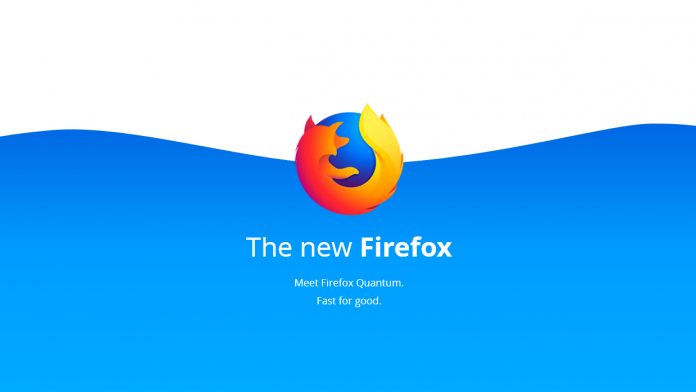The move follows reports that Microsoft and Google are working on an ARM version of Chrome. Microsoft Edge will also be pivoting to Chromium and is likely to make use of the same adjustments. The direct collaboration with Qualcomm is a plus for the browser and means more choice for the consumer. With the right optimization and its multi-core support, we could even see Firefox edge ahead of the competition for performance. “Mozilla is excited to be collaborating with Qualcomm and optimizing Firefox,” said Mozilla in a blog post, “We can’t wait to see Firefox delivering blazing fast experiences for the always on, always connected, multi-core Snapdragon compute platform with Windows 10.” Mozilla is also promising its usual set of privacy features. The browser will block some trackers by default and sync information privately. Naturally, it also won’t be as deeply integrated with Google as Chrome, which links to user’s Google accounts.
The Eight-Core Snapdragon 8cx
It’s no coincidence that Mozilla’s announcement came mere hours after that of the Snapdragon 8cx. Qualcomm’s latest chip is designed specifically for always-connected Windows devices. It will launch as the first 7nm chip for PC, ahead of Intel, and feature strong battery life and 2Gbgps cellular support. The 8 in that name signifies its impressive 8-cores, but it’s the power draw that’s the real achievement. According to the company, the 8cx is a 7-watt processor. For that power, Qualcomm claims it will offer twice the performance of Intel’s comparative chips, with similar speeds to Intel’s 15-watt U-series. It’s unclear how that will compare once Intel releases its own 7nm chips. However, better performance and more native apps will make Windows 10 on ARM a lot more desirable.




